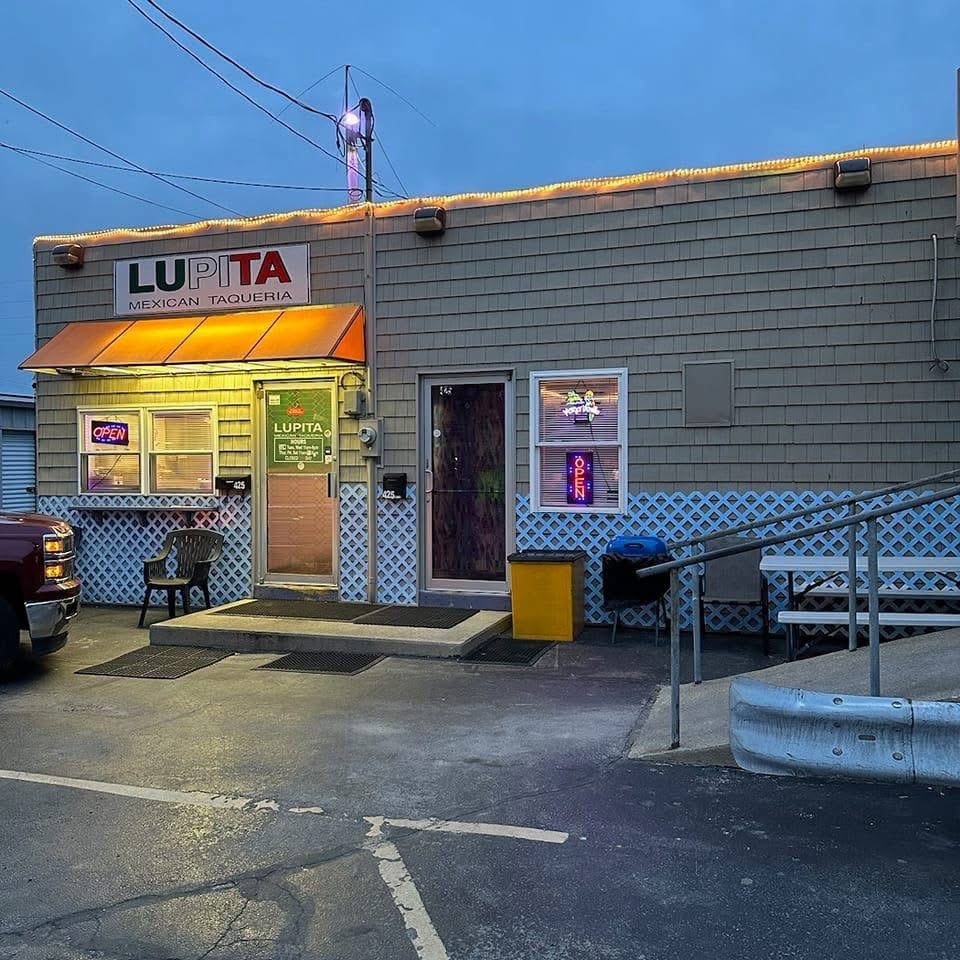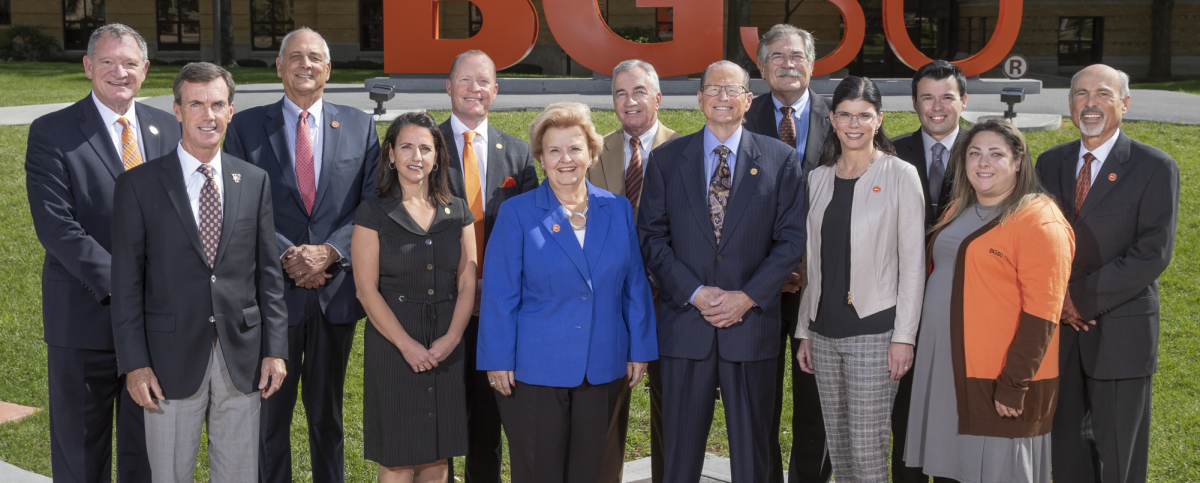City council talked about the eco smart program and its effects on the city on Monday.
The eco smart program is a voluntary program that allows customers to pay an additional fee on their monthly utility bill in order to support renewable energy within the community.
“It’s a really good program — a number of people are committed to it and overall helping the city,” Mike Aspacher, president of city council, said. “[The program] is making it easier to continue purchasing more power from sustainable energy.”
“The green energy fund” is where the additional fee goes to and is used to help cover expenses of sustainability projects.
Mayor Richard Edwards said the program will impact the city in a positive way.
“It’s another way of contributing to sustainability and green power. I give it high marks,” he said. “We keep trying to increase our sustainability, but we do not have imaginary buttons we [can] press. It’s a tough process.”
The process of increasing “green power” in the city is also a costly one.
In 2004, four wind turbines were installed to generate wind power. The project totaled around $8.4 million and is to be paid off completely in 2015, Utilities Director Brian O’Connell said.
Annually, the wind turbines generate 1 percent of the city’s energy, but the mayor said he would like to increase that number over the next few years in other ways.
“We were one of the first cities in Ohio to have wind power — I wish we had more,” Edwards said. “I’d also like to see solar energy.”
O’Connell would also like to see improvements with the city’s green energy.
Besides purchasing LED streetlights and installing car charging stations, O’Connell said solar energy is almost necessary to offset the summer months in which the wind turbines do not generate as much energy.
Although he is not able to say the details of any future projects involving solar energy, he stays hopeful.
Solar energy projects would cost more than the wind turbines, but O’Connell said they would be a huge investment for the city.
“[Solar energy] would be beneficial in generating renewable energy in the community and it would also lower costs for customers,” he said. “However, there are limitations.”













